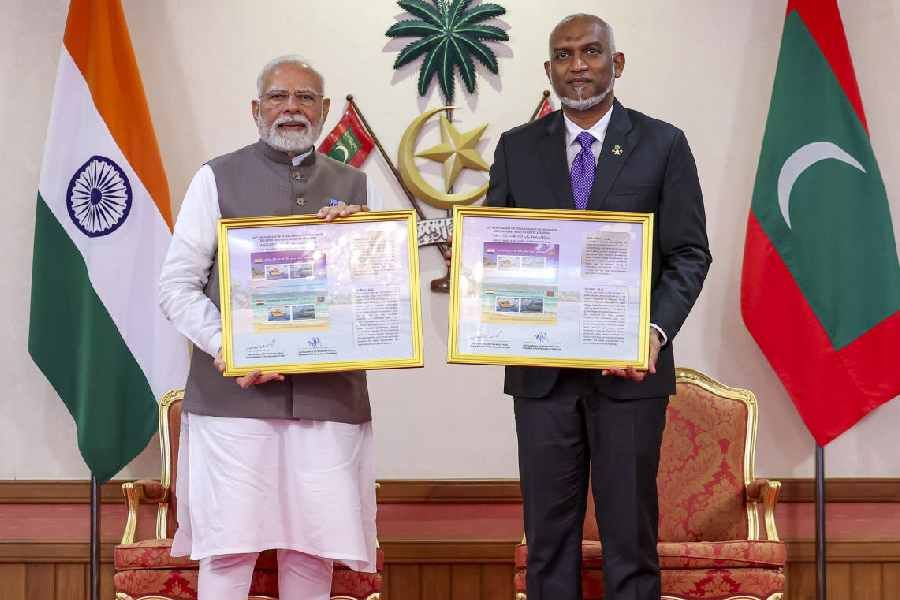Modi Pours Billions into Maldives to Counter China’s Shadow in Indian Ocean
Key Take-aways from this Story
In a strategic move aimed at reasserting India’s influence in the Indian Ocean, Prime Minister Narendra Modi announced a sweeping Ksh.73 billion (approx. $565 million) package for the Maldives during his official visit to the island nation. The offer includes a new credit line and infrastructure projects designed to reinforce bilateral ties and push back against China’s expanding shadow in the region.
Modi’s visit to Male—his first since securing a third term—coincided with the Maldives’ 50th Independence Day celebrations. But beyond the optics, the visit carried a deeper message: India is not stepping back. It’s stepping up.
Turning the Page on Anti-India Politics
The Maldives' recent political realignment under President Mohamed Muizzu had raised alarms in New Delhi. Elected on a nationalist, anti-India platform in 2023, Muizzu initially demanded the withdrawal of Indian military personnel operating rescue helicopters and surveillance aircraft from Maldivian soil.
But the rhetoric has since cooled.
Muizzu met Modi twice last year, signaling a softening tone. Friday’s announcement of financial and defence aid suggests a calculated thaw in relations—one that both nations seem eager to capitalise on amid broader regional power plays.
What’s in the Package?
India’s $565 million credit line is designed to serve dual purposes: immediately stabilising the Maldives' foreign exchange woes and strengthening the country’s defence and civil infrastructure. The archipelago, despite its thriving tourism industry, has struggled with a currency crisis and mounting external debt.

The funding will support housing for 4,000 families, new roads, healthcare upgrades, and education investments. But security was the headline: Muizzu confirmed that a portion of the credit would be used to enhance the nation’s defence forces—underscoring the significance of India’s role as a security partner.
The Bigger Picture: Maldives as Geopolitical Chessboard
To understand why this matters, look at a map.
The Maldives, a sprawling chain of over 1,100 coral islands spread across strategic shipping lanes, has become a geopolitical pressure point between India and China. With major maritime trade routes cutting through the Indian Ocean, control—or influence—over the Maldives offers leverage over commercial and military logistics alike.
China has already made significant inroads, funding infrastructure projects and positioning itself as a major lender to Male. India, however, considers the Maldives part of its traditional strategic orbit, along with neighbouring Sri Lanka. The competition for influence isn’t about charity. It’s about control.
India's Repositioning in the Indian Ocean
Modi’s declaration that India will remain the “first responder” for the Maldives sent a strong signal. This wasn’t just diplomacy—it was deterrence. As China deepens ties through economic might and quiet militarisation, India is asserting that it won’t yield the Indian Ocean without a fight.
Whether this latest financial lifeline is enough to cement India's primacy in Maldivian foreign policy remains to be seen. But it clearly reopens a door that many feared had closed when Muizzu took office.





0 comments